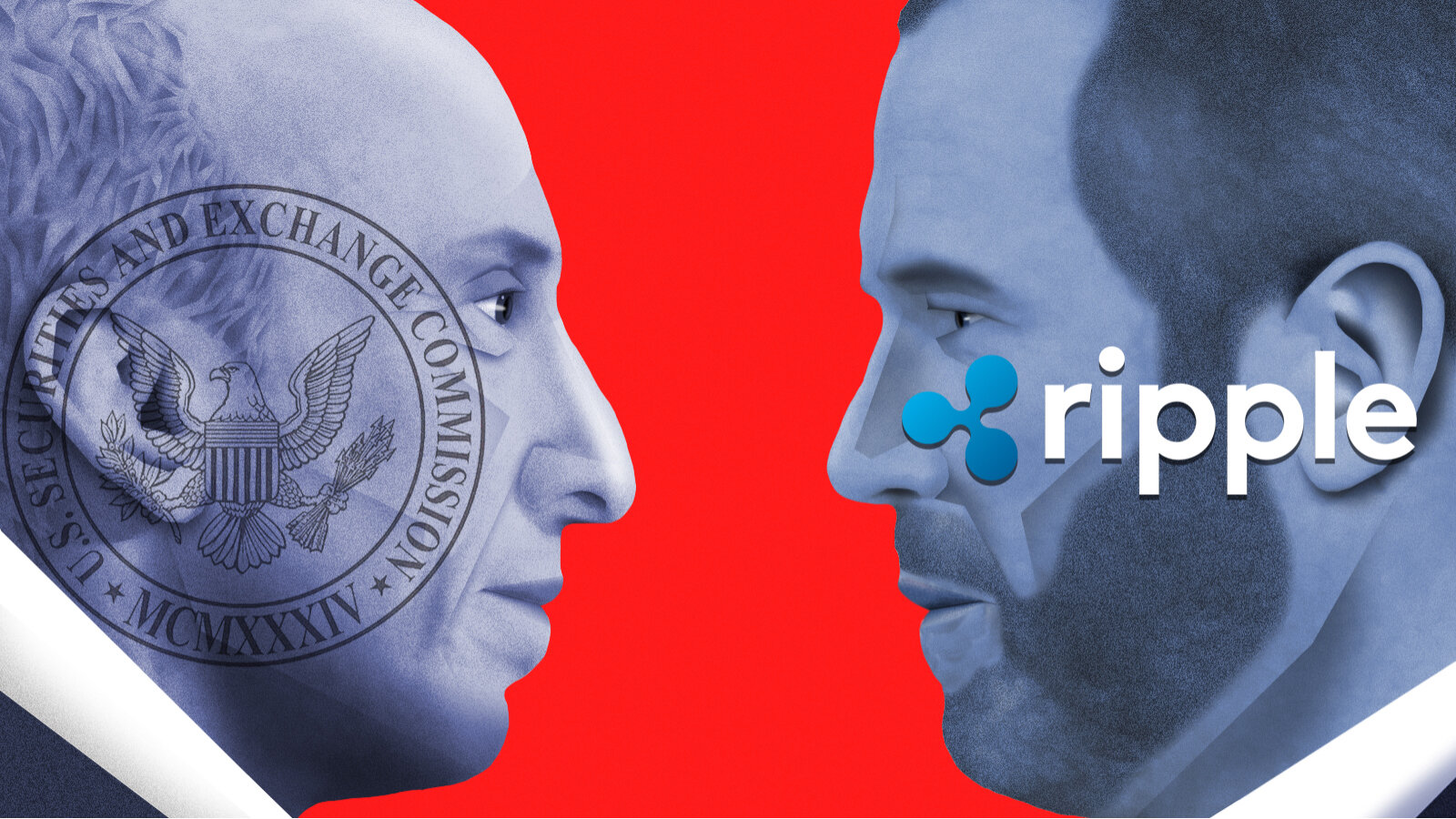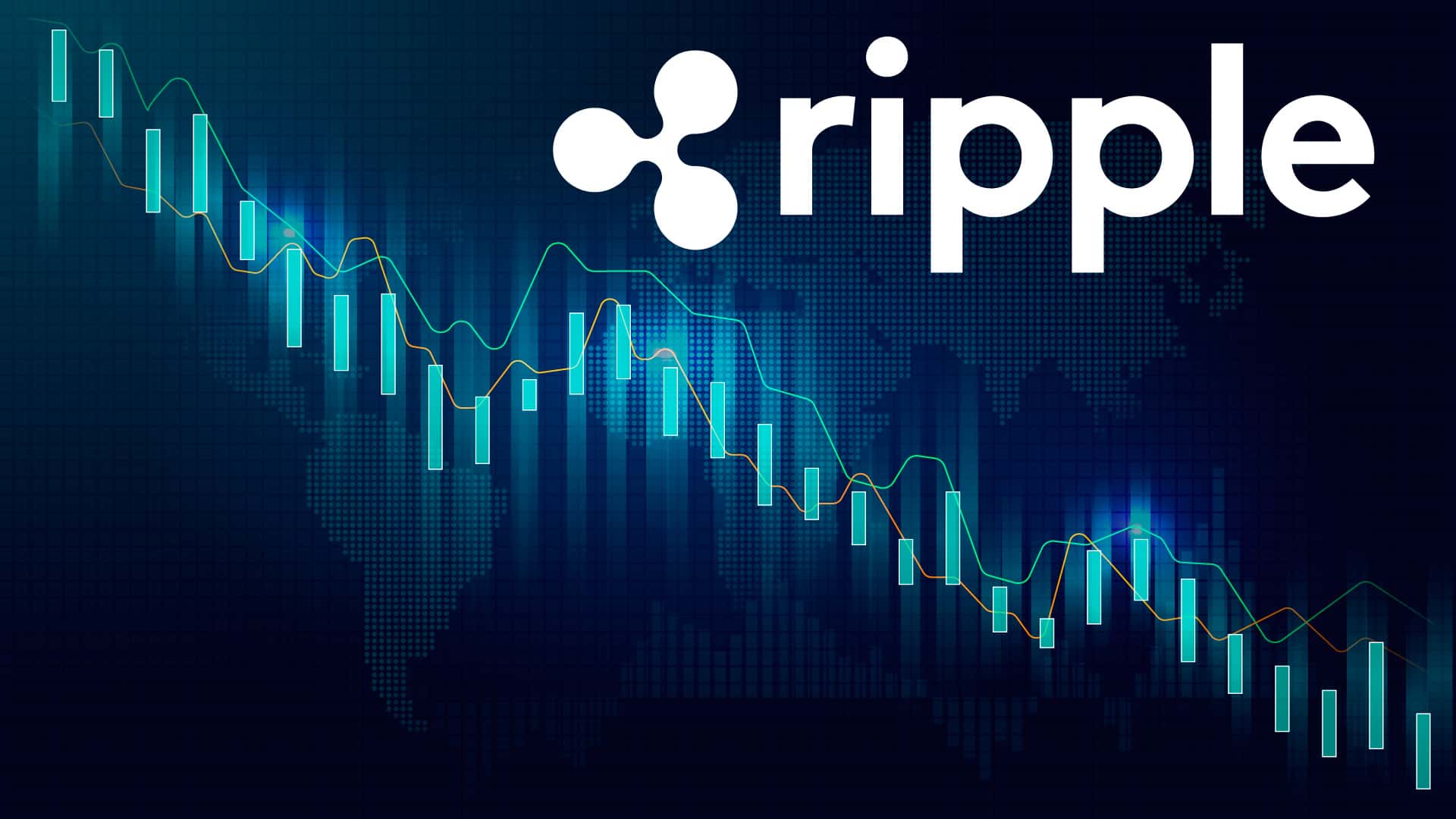Understanding Ripple: A Comprehensive Guide To Its Technology And Impact
Ripple stands out as one of the most innovative digital payment protocols transforming the financial landscape. As global demand for faster, more affordable, and seamless cross-border transactions continues to rise, Ripple is leading the charge in redefining how money moves across borders. This article explores Ripple's core components, its groundbreaking technology, real-world applications, and the significant role it plays in shaping the future of global finance.
Ripple is far more than just a cryptocurrency; it is a holistic solution designed to tackle the inefficiencies inherent in traditional banking systems. By leveraging advanced blockchain technology, Ripple offers a platform capable of executing nearly instantaneous transactions with negligible fees. This makes Ripple an appealing choice for both individual users and major financial institutions seeking to optimize their operations.
In this extensive guide, we will delve into Ripple's origins, its underlying technology, practical applications, and its potential influence on the global financial ecosystem. Whether you are a cryptocurrency enthusiast, a financial professional, or simply interested in the evolution of money, this article will provide valuable insights into Ripple's transformative impact on the financial industry.
Read also:Discover The Transformative Experience At Mount St Marys University
Table of Contents
- Introduction to Ripple
- History and Evolution of Ripple
- Ripple's Core Technology: XRP Ledger
- Key Features of Ripple
- Real-World Applications of Ripple
- Advantages of Utilizing Ripple
- Challenges Confronting Ripple
- Navigating the Regulatory Environment for Ripple
- The Future Potential of Ripple
- Conclusion
Exploring Ripple: A Revolutionary Payment Protocol
What Exactly is Ripple?
Ripple is a cutting-edge digital payment protocol and cryptocurrency that was officially launched in 2012. It operates on an open-source platform, enabling secure, rapid, and virtually cost-free global financial transactions. Unlike conventional banking methods, Ripple eliminates the need for intermediaries, drastically reducing transaction times and associated costs.
Ripple utilizes XRP, its native cryptocurrency, as a bridge currency to facilitate seamless cross-border payments. XRP is engineered for scalability, capable of processing up to 1,500 transactions per second, with the capacity to expand further to meet growing demand.
Why is Ripple So Significant?
Ripple's significance stems from its ability to address the inefficiencies of the existing financial infrastructure. Traditional cross-border payments often involve multiple intermediaries, resulting in exorbitant fees and prolonged processing times. Ripple's innovative solution eradicates these obstacles, offering a faster, more cost-effective alternative.
According to a McKinsey report, the global remittance market is valued at over $700 billion annually. Ripple's advanced technology has the potential to disrupt this market by delivering a more efficient and affordable option compared to traditional remittance services.
The Genesis and Evolution of Ripple
Ripple's journey began in 2004 when Ryan Fugger conceptualized the Ripplepay system, which served as the precursor to the modern Ripple network. The initial goal was to create a decentralized monetary system that enabled secure and efficient peer-to-peer transactions. In 2012, Jed McCaleb and Chris Larsen founded OpenCoin, which later evolved into Ripple Labs, to further refine and expand the Ripple protocol.
Ripple Labs introduced the XRP Ledger, a decentralized blockchain that underpins the Ripple protocol. The XRP Ledger is maintained by a network of independent validators, ensuring the system's integrity and security. Over the years, Ripple has grown into a robust platform trusted by numerous financial institutions globally.
Read also:Understanding Tornadoes The Twister Caught In The Storm
Ripple's Core Technology: Unpacking the XRP Ledger
Understanding the XRP Ledger
The XRP Ledger serves as the foundation of Ripple's technology. It is a decentralized blockchain designed to facilitate fast and secure transactions. Unlike Bitcoin's proof-of-work mechanism, the XRP Ledger employs the Ripple Protocol Consensus Algorithm (RPCA). This algorithm ensures all nodes in the network agree on the validity of transactions, enabling near-instantaneous settlement.
The XRP Ledger is versatile, capable of handling a wide range of transactions, from simple payments to complex smart contracts. Its scalability and efficiency make it an ideal solution for financial institutions aiming to enhance operational efficiency.
How Ripple Functions
Ripple operates through a distinctive payment protocol that enables users to send and receive payments in any currency. The protocol leverages a network of gateways and RippleNet, a global network of financial institutions, to streamline cross-border transactions.
- Gateways act as intermediaries, facilitating the conversion of fiat currency into XRP and vice versa.
- RippleNet connects banks and payment providers, offering a seamless platform for international payments.
- The XRP Ledger ensures the security and transparency of all transactions, instilling confidence in users.
Notable Features of Ripple
Lightning-Fast Transactions
Ripple's capability to process transactions in under four seconds is one of its standout features. This speed far surpasses traditional banking systems, where cross-border payments can take several days to settle.
Minimal Transaction Costs
Ripple's transaction fees are significantly lower than those of traditional financial systems. A typical Ripple transaction costs a fraction of a cent, making it an attractive option for both individuals and businesses.
Scalability and Enhanced Security
The XRP Ledger's scalability ensures Ripple can manage a large volume of transactions without compromising performance. Additionally, the consensus algorithm provides robust security, safeguarding users' funds from unauthorized access.
Practical Applications of Ripple
Banking and Financial Institutions
Ripple has achieved widespread adoption among banks and financial institutions. According to Ripple's official website, over 300 financial institutions utilize RippleNet to facilitate cross-border payments. These include prominent banks such as Santander, Standard Chartered, and Westpac.
Remittance Services
Ripple's technology is perfectly suited for remittance services, offering a faster and more affordable alternative to traditional providers. Companies like MoneyGram and Western Union are exploring collaborations with Ripple to enhance their service offerings.
Corporate Payments
Ripple is also employed by corporations for international payments, streamlining operations and reducing costs. The ability to settle payments in real-time improves cash flow management and overall operational efficiency.
Benefits of Utilizing Ripple
Unmatched Speed and Efficiency
Ripple's near-instantaneous transaction processing times provide a substantial advantage over traditional banking systems. This speed is particularly beneficial for businesses requiring rapid access to funds.
Cost-Effective Solutions
The low transaction fees associated with Ripple make it an appealing option for both individuals and businesses. By eliminating intermediaries, Ripple reduces the costs linked to cross-border payments.
Global Accessibility
Ripple's extensive global network enables users to send and receive payments in any currency, anywhere in the world. This universal accessibility makes Ripple an invaluable tool for international trade and commerce.
Key Challenges Facing Ripple
Regulatory Ambiguity
One of the most significant challenges Ripple encounters is regulatory uncertainty. The classification of XRP as either a security or a commodity varies across jurisdictions, potentially leading to legal complications. Ripple has faced legal disputes with regulatory bodies, including the U.S. Securities and Exchange Commission (SEC).
Intense Market Competition
Ripple faces fierce competition from other cryptocurrencies and blockchain platforms. Established players like Bitcoin and Ethereum, as well as emerging technologies, pose a threat to Ripple's market position. However, Ripple's focus on the financial sector gives it a distinct competitive edge.
Public Perception and Reputation
Despite its numerous advantages, Ripple's reputation has been affected by controversies surrounding its legal battles and the classification of XRP. Educating the public about Ripple's benefits and addressing these concerns is essential for its long-term success.
The Regulatory Environment for Ripple
Global Regulatory Trends
The regulatory landscape for cryptocurrencies is rapidly evolving, with countries adopting diverse approaches. Some jurisdictions, such as Japan and Switzerland, have embraced cryptocurrencies, while others, like China and India, have imposed restrictions.
Ripple has been proactive in collaborating with regulators to ensure compliance with local laws. The company has formed partnerships with regulatory bodies and industry groups to promote the responsible use of blockchain technology.
Regulatory Impact on Ripple
Regulation significantly influences Ripple's operations and market perception. Compliance with regulatory requirements is crucial for maintaining trust and credibility in the financial sector. Ripple's ability to navigate the complex regulatory terrain will be instrumental in its future success.
The Future Prospects of Ripple
Innovations and Technological Advancements
Ripple continues to innovate and enhance its technology to meet the evolving needs of the financial sector. The company is investing in research and development to improve the capabilities of the XRP Ledger and expand the functionality of RippleNet.
Expanding Global Market Presence
Ripple is actively broadening its market presence by forging partnerships with financial institutions and corporations worldwide. By leveraging its technology and expertise, Ripple aims to become a dominant player in the global payments ecosystem.
Navigating Challenges and Seizing Opportunities
While Ripple faces challenges such as regulatory uncertainty and market competition, it also has numerous opportunities for growth. The increasing demand for efficient cross-border payments and the adoption of blockchain technology by financial institutions present significant opportunities for Ripple to expand its influence and reach.
Final Thoughts
Ripple has firmly established itself as a leading force in the world of digital currencies and blockchain technology. Its innovative approach to addressing the inefficiencies of traditional banking systems has earned the trust of financial institutions globally. By delivering fast, secure, and cost-effective solutions for cross-border payments, Ripple is reshaping the global financial landscape.
In conclusion, Ripple's technology and applications have the potential to revolutionize how we perceive money and payments. As the financial sector continues to evolve, Ripple is poised to play a pivotal role in shaping its future. We encourage you to share your thoughts and insights in the comments section below. Your feedback is invaluable to us and helps us enhance our content. For more informative articles on blockchain technology and cryptocurrencies, explore our website and stay updated on the latest developments in the financial world.


